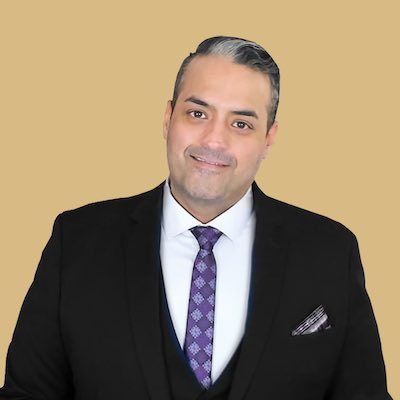I Live in a NORC and Didn’t Know It
Photo by Ionela Mat on Unsplash
My wife and I took the fateful step of Downsizing 17 years ago, selling our three-story Victorian house and purchasing a cooperative apartment. At the time, we knew we had moved into a walkable neighborhood. This week I learned that we have also landed ourselves in a NORC – a Naturally Occurring Retirement Community.
Unlike housing built specifically for older adults, a NORC is a neighborhood or building that just evolved to have lots of older adults living there – 40% or more of the population, according to the federal definition. That can happen because young people moved out and the people remaining just aged – a typical story in many rural areas and declining urban neighborhoods – or because older adults valued the amenities and moved in.
The concept of the naturally occurring Retirement community and its unfortunate acronym were coined in the 1980s by a professor of urban planning. In the 1990s federal grants were available to fund services in NORCs. That funding dried up, but at least 25 states recognize NORCs, and many target “supportive service programs” (NORC-SSPs in government-speak) to them. The concentration of older adults makes NORCs attractive and efficient places to locate services.
We were not looking for a NORC. Following the cardinal rules of Real Estate – location location location – we chose our apartment because we wanted to be less dependent on automobiles. We were anticipating the future, at least somewhat, and we thought a ground-level apartment, with many services within walking distance, would be a good place to age in place. Now half the residents of our co-op are also 55 or older. In the surrounding neighborhood, there are many more older adults living in apartments, as well as more than 200 living in an intentional senior housing center.
Accessible Amenities
In the years we have been here, the neighborhood has evolved in ways that make it even more attractive as a place to age. In a 15-minute walk we can get to three restaurants and a shopping center with a walk-in clinic, doctors’ offices, an organic grocery, a coffee shop, two fitness centers, a movie theater, and six fast-food outlets. Across the street from the shopping center is a rehab facility and another fitness center. In 25 minutes we can walk to a larger grocery, two drugstores, two bookstores, a weekend farmers’ market, and at least six more restaurants. There’s also a playground, five miles of walking trail, an art museum, and a university. The nearest hospital is 30 minutes on foot, or three minutes by car.
We are fortunate. Not all NORCs are as well stocked with amenities. In fact, a report by the AARP Public Policy Institute found that NORCs tend to score lower on the AARP Livability Index than neighborhoods with greater age diversity. Only 9% of NORCs are in the most livable quintile, and 36% are in the lowest.
Our neighborhood also bears a striking resemblance to another city planning concept attracting attention. Next month The 15-Minute City: A Solution to Saving Our Time and Our Planet, will appear in bookstores. Author Carlos Moreno, an urban planner and professor at the Sorbonne Business School, vigorously advocates locating work, shopping, Education, healthcare, and leisure facilities in neighborhoods where residents can reach them within 15 minutes by walking, biking, or public transportation. Moreno contends that such cities are better than automobile-friendly cities for the environment (lower carbon footprint), for individual health (more walking) , for fostering more engagement with other residents, and for collective efforts to transform neighborhoods.
Climate Change and Covid
The Covid-19 pandemic and climate change have drawn more interest to 15-minute cities, but the big break came in 2020 when Anne Hidalgo, the mayor of Paris (advised by Moreno), made implementing the 15-minute city a central plank of her successful reelection campaign. She began implementing the plan during the pandemic.
And because of the times in which we live, I also must note that conspiracy theories about the 15-minute concept are blasting across the Internet. The basic claim, often linked to QAnon, anti-vaccine, and anti-5G conspiracies, is that the 15-minute city concept is an instrument of government oppression. Wildfires in Maui, the dangerous train derailment in Ohio, and other events are cited as part of the plot to force residents into 15-minute cities. In Britain, a Conservative MP attacked the idea as an “international socialist concept,” to scattered snickering.
I haven’t always made brilliant decisions in my life, but moving to our current neighborhood is one that makes me seem downright sage-like. It’s an ideal place to age.
























